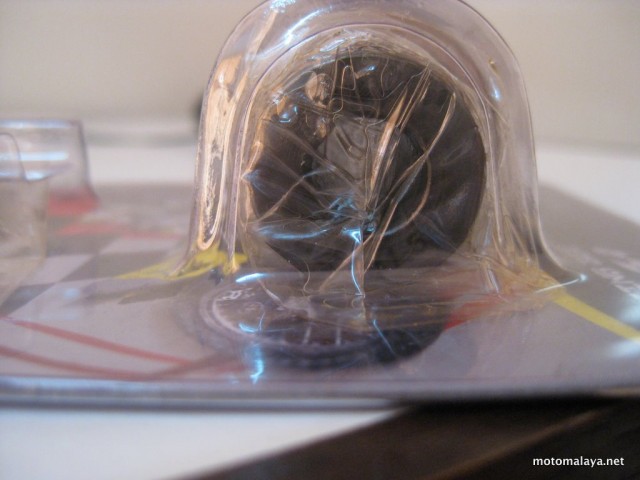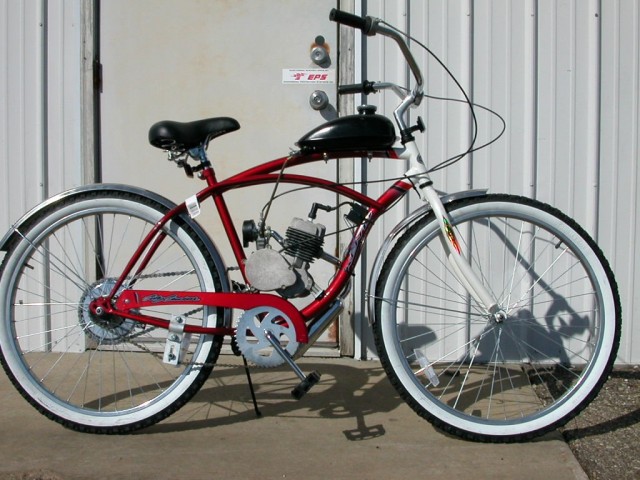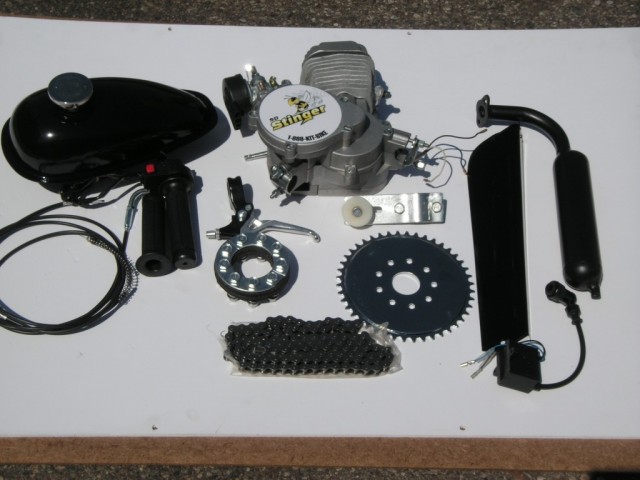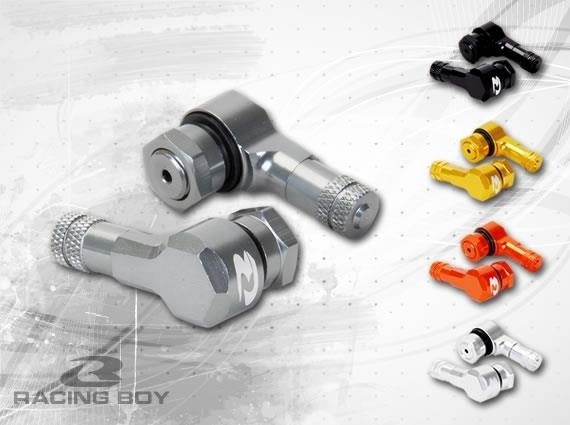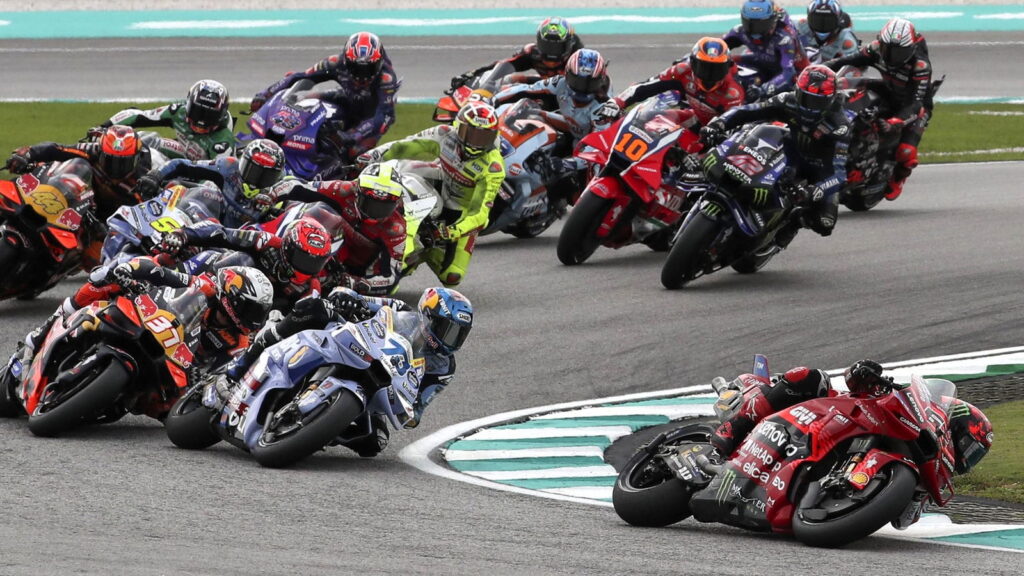
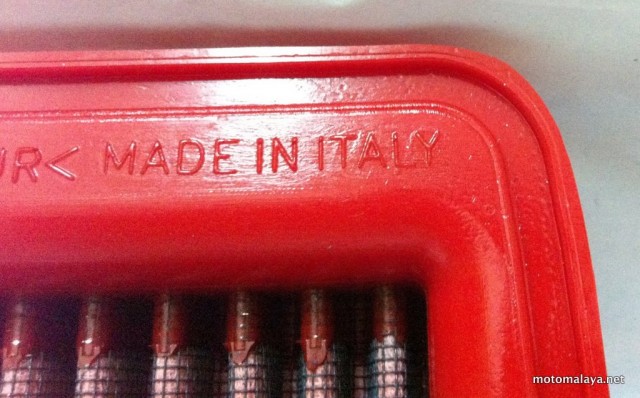
BMC is a premium air filter brand that involved in many races around the world whether in 4 wheel or two wheel races. It also involved in F1 racing. I have written a post about BMC here.
The price for the BMC Air Filter for Yamaha 135LC (FM624/04) is not cheap at RM248, but the official Malaysia distributor, QBEE Motor Group S/B (previously known as Yoshi Marketing) in collaboration with MotoMalaya are offering this at a discounted price for only –> RM218! Until 31st August 2011 only.
The previous offer price is RM198.
You can order this directly by sms/call 016-7211291 or email sales@yoshimarketing.com to purchase the air filter. Please put in this quote: “I read MotoMalaya.net” to get this special price.
Check out more pictures here:
(more…)






